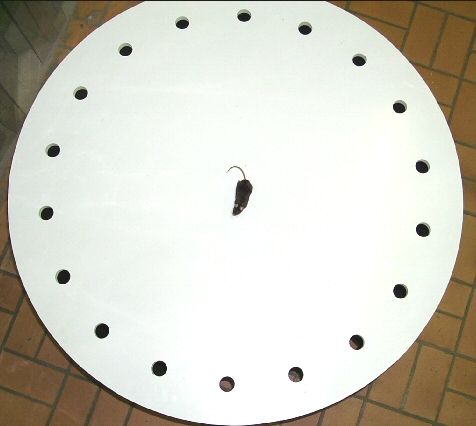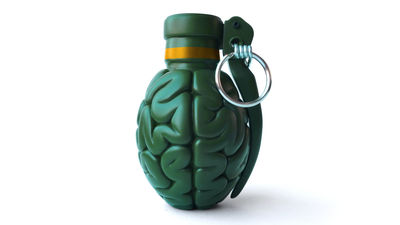Blocking specific proteins in the brain may restore older people's brain function

By
' VCAM1 ' is a type of protein that functions as a cell adhesion molecule that connects the blood vessel walls with immune cells circulating in the body. A study done at Stanford University has shown that blocking VCAM1 restored the brain function of older mice to that of younger mice.
Aged blood disorders hippocampal neural precursor activity and activates microglia via brain endothelial cell VCAM1 | Nature Medicine
https://www.nature.com/articles/s41591-019-0440-4
Blocking protein curbs memory loss in old mice | News Center | Stanford Medicine
https://med.stanford.edu/news/all-news/2020/05/blocking-protein-curbs-memory-loss-in-old-mice.html
Some previous research on blood has suggested that 'something present in the blood of the elderly causes a decline in brain physiology and cognitive ability,' There were many experiments to discover something.
Protein in young blood turns out to have the power to restore aged cells-GIGAZINE


Meanwhile, Tony Wis Coley, who is the deputy president of Stanford University's Alzheimer's Research Center, noted that the
As he continued his research on blood, Professor Coley noted that the substance “VCAM1” in the blood increased as the age increased. According to the research team, a large amount of VCAM1 is contained in the plasma of aged mice because it is released from VCAM1 on endothelial cells and flows into the blood. It has been found that the amount of VCAM1 on endothelial cells is increased in the brains of young mice infused with plasma (presence) of aged mice, and the component in the plasma is related to the increase of VCAM1 in the brain. It is believed that

By
Therefore, the research team of Coley et al. Experimented that VCAM1, which is a kind of cell adhesion molecule that connects immune cells circulating in the mouse body and blood vessel wall, is a monoclonal antibody that has a function to block VCAM1. The we. In mice that received a monoclonal antibody that blocks VCAM1, activation of microglia , which is involved in hippocampal nerve cell generation and repair of lesions such as inflammation and degeneration, was suppressed. Microglia activation was also suppressed by deleting the gene involved in producing VCAM1 in the mouse brain.
It is also known that VCAM1, which circulates in the blood, not on endothelial cells, is not the cause of brain dysfunction. It seems that 'harmful results' were observed in the hippocampus, even when only VCAM1 was excluded when injecting old mouse plasma into young mice. Previous studies have suggested that increased levels of VCAM1 in the blood may be correlated with cancer, heart disease, stroke, Alzheimer's, etc.

By CreativeNature_nl
An intelligence test was also performed on mice that were blocked with VCAM1. As a method to measure the intelligence of the mouse, the mouse is confined in a bright space where the mouse is not good, and a “tunnel” is set up to escape from the bright space in multiple holes opened on the floor. Several tests were selected, such as the ' Barnes maze ' to observe the time to find out.

In the Barnes maze, it is assumed that it is performed multiple times without changing the position of the tunnel, and the mouse can memorize the position of the tunnel from the appearance of the surroundings. Young mice remember the position of the tunnel, and after repeated experiments they tend to go straight to the “tunnel”, but it turns out that older mice can not move as well as younger mice.

By lifeonwhite
The results showed that older mice that blocked VCAM1 on endothelial cells with monoclonal antibodies were able to find the correct tunnel as soon as training by young mice. 'The mouse that blocked VCAM1 in the brain performed better than I have ever seen,' Koreley commented.
Related Posts:
in Science, Posted by darkhorse_log







